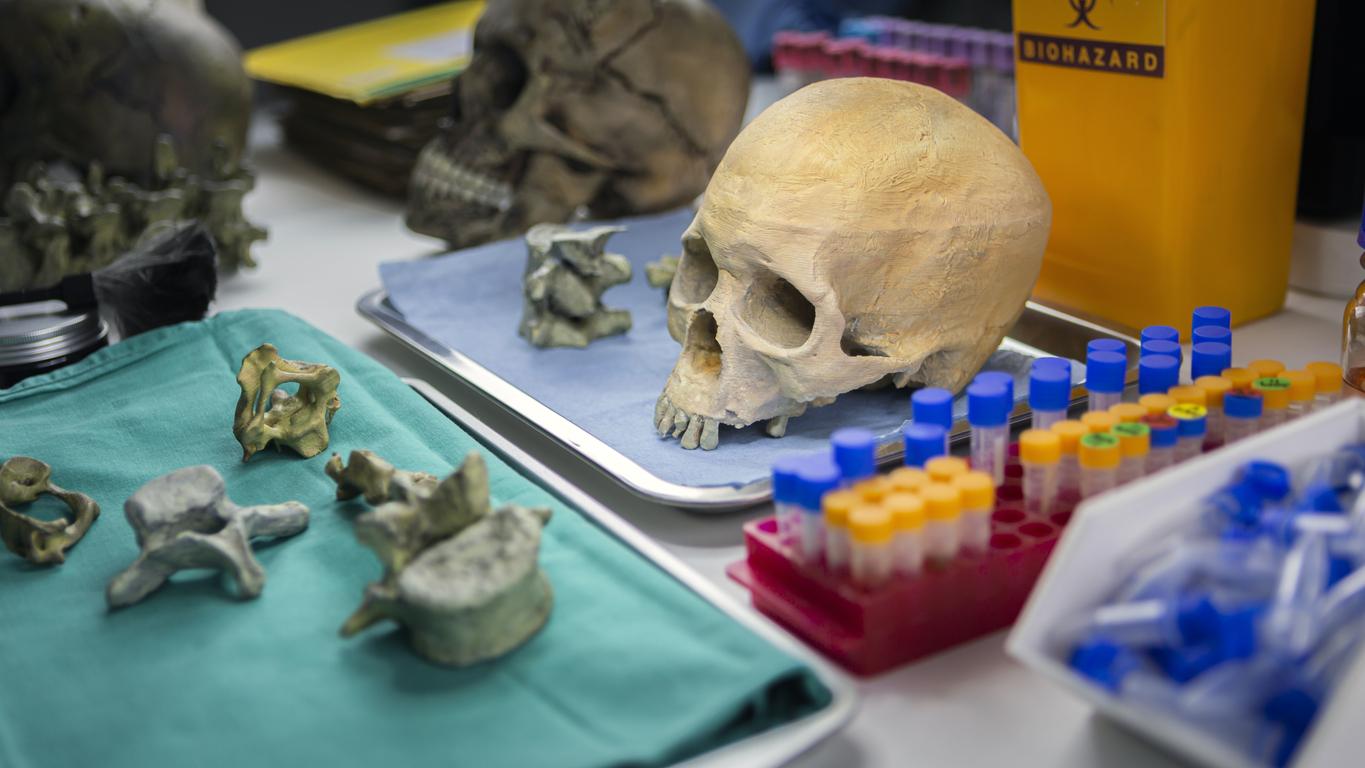By comparing ancient human genes with modern DNA, researchers have revealed the secrets of the origins of certain contemporary diseases, such as multiple sclerosis.

- By sequencing ancient human DNA and comparing it to modern samples, an international team of researchers was able to map the historical evolution of genes over the course of population migrations, and thus highlight the origin of certain contemporary diseases.
- For example, genes that significantly increase the risk of developing multiple sclerosis were introduced to northwestern Europe about five millennia ago by the Yamnaya people, cattle herders who had migrated from the Pontic steppe (today Eastern Europe). Basically, these genes gave them a survival advantage by protecting them against animal infections.
- The study would also provide a better understanding of how migration may have affected the prevalence of certain other neurodegenerative diseases, such as Alzheimer’s, which affects Europeans more than the rest of the world.
Where do our current diseases in Europe come from? By sequencing ancient human DNA and comparing it to modern samples, an international team of researchers was able to map the historical evolution of genes over the course of population migrations, and thus highlight the origin of certain contemporary pathologies. Their work was revealed in four articles published in the journal Nature.
Ancient genes associated with multiple sclerosis migrated with populations
To do this, 175 scientists from several European and American universities analyzed the bones and teeth of nearly 5,000 humans who lived in Western Europe and Asia 34,000 years ago and until the Middle Ages, and compared to modern DNA from some 400,000 people from the UK Biobank. This bank of ancient human genes, the largest in the world, has made it possible to explain the origin of certain neurodegenerative diseases, starting with multiple sclerosis (MS).
Indeed, the research team discovered that the genes that significantly increase a person’s risk of developing MS were introduced to northwestern Europe about five millennia ago by the Yamnaya people, cattle herders who had migrated from the Pontic steppe (today Eastern Europe).
“These genetic variants associated with MS risk ‘traveled’ with these people to northwest Europe. These must have provided them with a survival advantage, probably by protecting them against infections of their sheep and their cattle, but at the same time increased the risk of developing MS”write the authors of the study in a communicated.
This would, according to them, explain the “North-South gradient observed in the prevalence of MS”cases of which are twice as numerous in the north of Europe as in the south, which has long been a mystery to science.

Alzheimer’s disease risk genes attributed to hunter-gatherers
According to the team, this work could also provide a better understanding of how migration may have affected the prevalence of certain other neurodegenerative diseases, such as Alzheimer’s, which affects Europeans more than the rest of the world. “Genes known to increase the risk of diseases such as Alzheimer’s and type 2 diabetes have been attributed to hunter-gatherers”but more research is needed to say more.
“Showing how the lifestyles of our ancestors impacted the risk of modern disease only highlights how we are recipients of an ancient immune system in a modern world“, conclude the researchers. On the same basis of this gene bank, they now plan to study other neurological conditions, such as Parkinson’s disease, and psychiatric disorders, such as ADHD, schizophrenia or even depression .
















